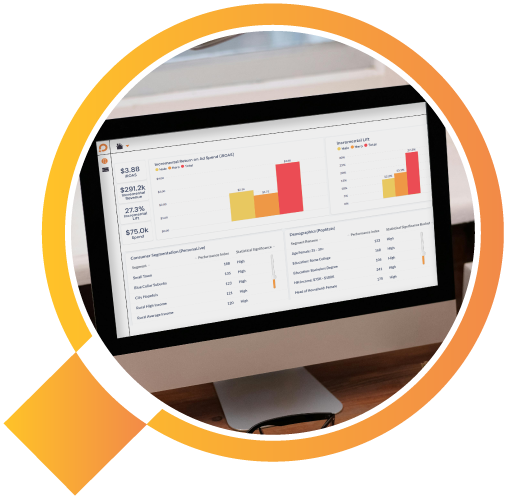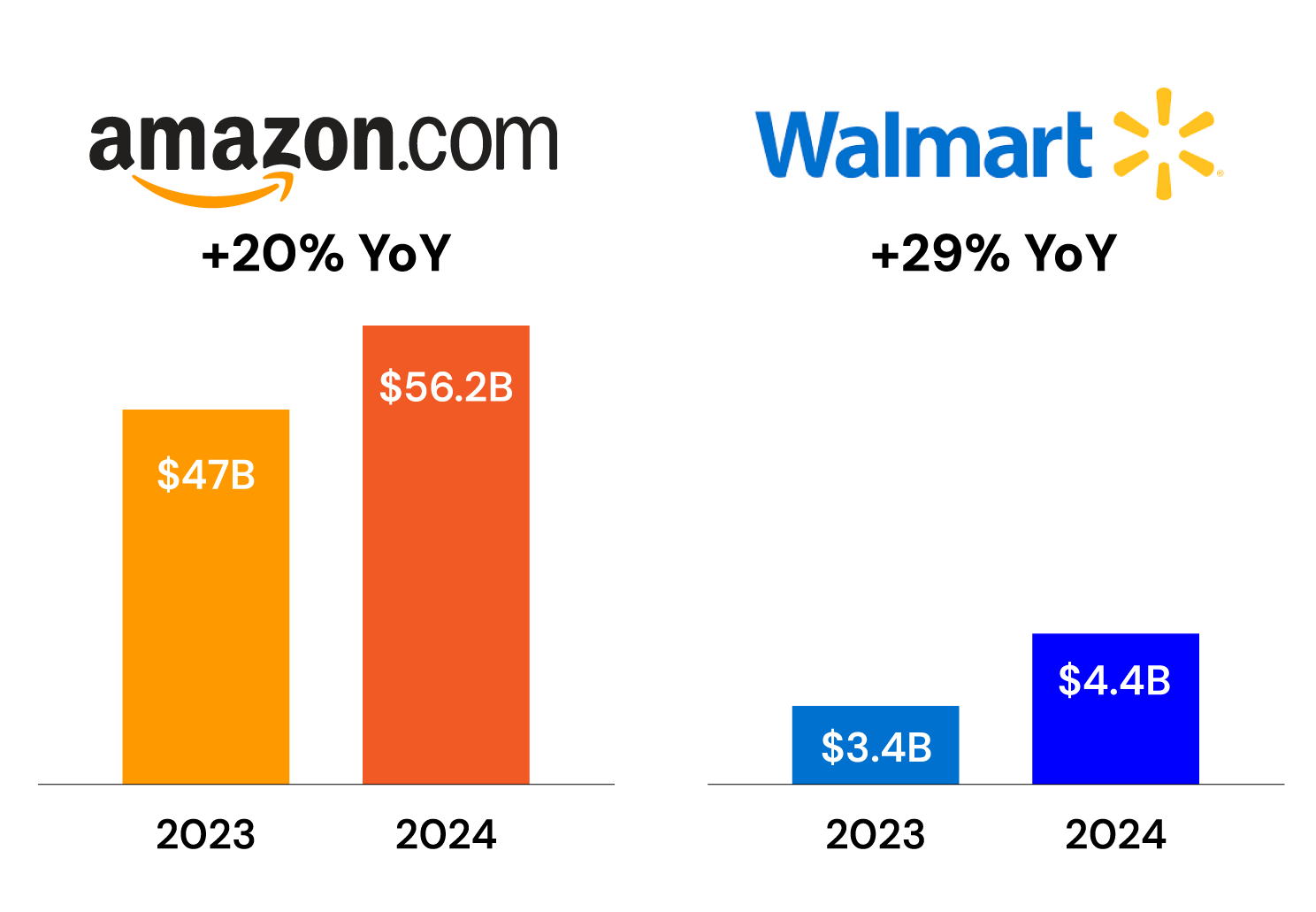
Why Pēq Prioritizes Incrementality

Why Pēq Prioritizes Incrementality
 By Rikki Marler
By Rikki MarlerMaking Sense of Retail Media Measurement
In today’s retail media landscape, understanding what actually moves the needle is more important than ever. At Pēq, we don’t just report numbers—we help brands separate real impact from the noise. That’s why we prioritize incrementality as the gold standard for measuring advertising effectiveness.
It’s not about just counting sales—it’s about knowing which sales wouldn’t have happened without your marketing efforts. Incrementality isn’t the only KPI we can measure – but we lean into it because it shows how advertising directly impacted sales performance. With shrinking budgets, the line between awareness and conversion is continually fading.
Retail media networks are offering ‘one-stop-shop’ capabilities, touting their ability to deliver upper funnel, mid-funnel and lower funnel marketing and media tactics.
With so many different media metrics that can be tracked–CTR, CPC, VCR, Engagement Rate, Open Rate, Conversion Rate, ROAS, New to Brand–here’s why we prioritize the holy grail of marketing: incremental ROAS, incremental sales, and incremental lift.

Why We Love Incrementality
Incrementality helps brands avoid wasted ad spend and optimize their budgets effectively. Unlike traditional attribution models that assume ads cause conversions just because they happened before a sale, incrementality gives you a clearer picture:
No More Guessing – Find out which campaigns actually create new demand.
Smarter Budgeting – Shift spend to the efforts making the biggest impact.
Future-Proof Insights – Works across retail media, social, TV, and in-store—without relying on cookies or tracking identifiers.
Data-Driven Measurement for Smarter Decisions
Pēq uses advanced AI/Machine Learning testing methodologies, including geo-testing, synthetic control groups, and matched market analysis, to provide brands with precise, actionable insights. Our approach ensures brands aren’t just tracking results—they’re optimizing for real growth.
Want to optimize your retail media strategy and offsite advertising on an even playing field? Let’s talk




 By Sumi Mukoyama
By Sumi Mukoyama






 By Paul Van Wert
By Paul Van Wert


 By Brian Pozesky
By Brian Pozesky